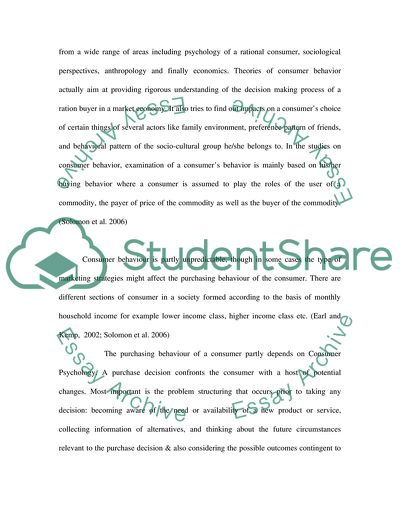Cite this document
(Consumer Behavior, Marketing and Semiotics Dissertation - 5, n.d.)
Consumer Behavior, Marketing and Semiotics Dissertation - 5. Retrieved from https://studentshare.org/psychology/1749880-consumer-behaviour
Consumer Behavior, Marketing and Semiotics Dissertation - 5. Retrieved from https://studentshare.org/psychology/1749880-consumer-behaviour
(Consumer Behavior, Marketing and Semiotics Dissertation - 5)
Consumer Behavior, Marketing and Semiotics Dissertation - 5. https://studentshare.org/psychology/1749880-consumer-behaviour.
Consumer Behavior, Marketing and Semiotics Dissertation - 5. https://studentshare.org/psychology/1749880-consumer-behaviour.
“Consumer Behavior, Marketing and Semiotics Dissertation - 5”, n.d. https://studentshare.org/psychology/1749880-consumer-behaviour.


